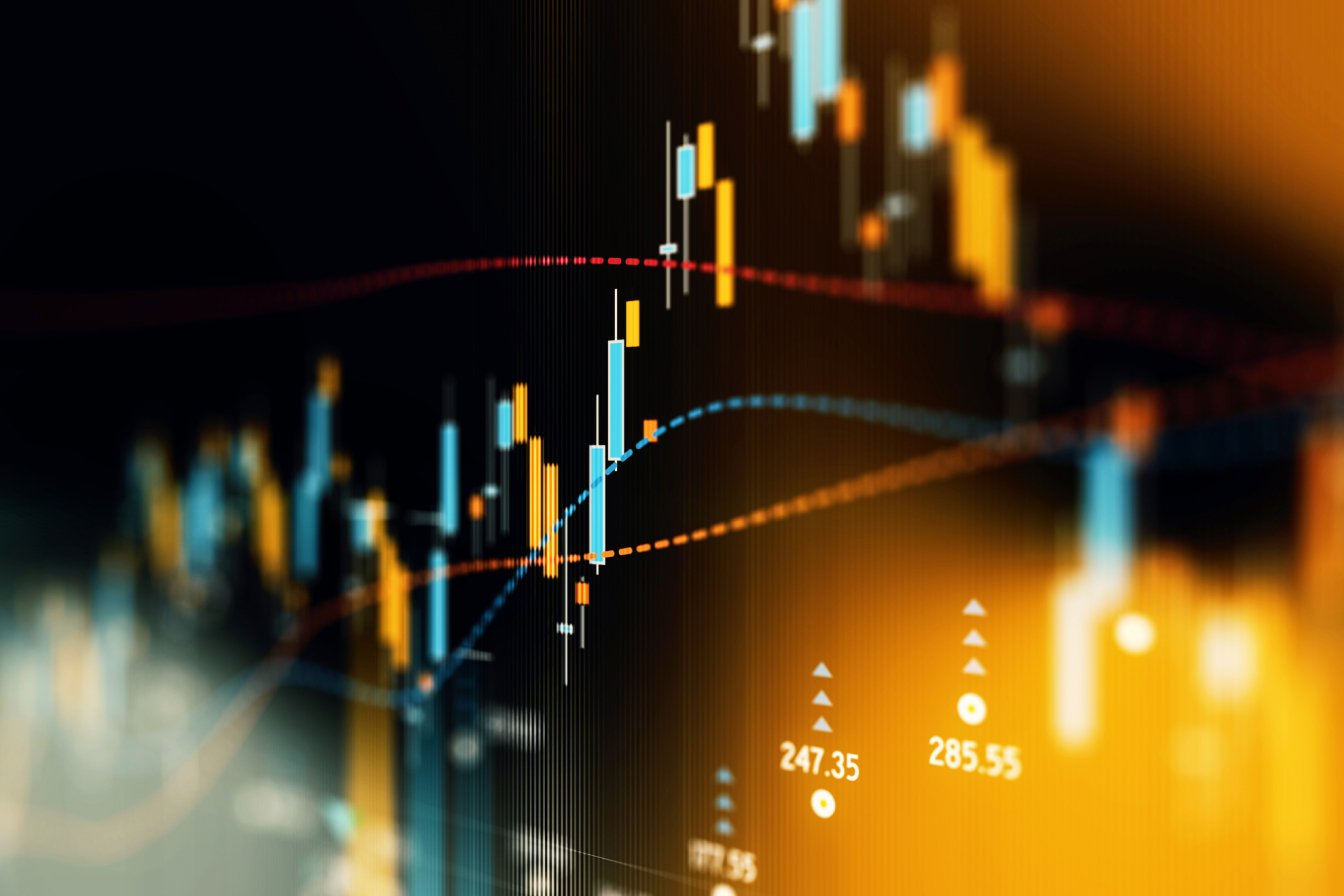Balanced Fund
The Balanced Fund (Wholesale) (the ‘Fund’) fell 9.8% net of fees in the year ended 31 December 2022, underperforming its benchmark which declined 4.8%. The Balanced Fund (Retail) fell 10.4% net of fees in the year, also underperforming the benchmark.
It was a challenging year across most major asset classes in the Fund. The international equities portfolio suffered the greatest fall, declining 15.9%. However, it was the domestic equities portfolio which drove both the relative and absolute negative performance; due to its larger weighting in the portfolio and its underperformance relative to the benchmark, which declined 1.1%. The domestic fixed income portfolio also detracted from performance, falling 9.8% as bond yields rose significantly - with the Australian 10-year government bond rising from 1.67% to 4.05% over the 12-months as Central Banks react to high rates of inflation.
Balanced (Wholesale) Fund Performance
As at 31 December 2022*
| fund | benchmark^ | |
|---|---|---|
| 3 months | 2.7% | 4.3% |
| 1 year p.a. | -9.8% | -4.8% |
| 3 years p.a. | 3.7% | 3.8% |
| since inception p.a. | 6.2% | 6.3% |
^Benchmark: Australian Ethical Balanced Composite. Past performance is not a reliable indicator of future performance.
Inception date: 28/03/2018. Source: FE fund info.
Balanced (Retail) Fund Performance
As at 31 December 2022*
| fund | benchmark^ | |
|---|---|---|
| 3 months | 2.5% | 4.3% |
| 1 year p.a. | -10.4% | -4.8% |
| 3 years p.a. | 2.9% | 3.8% |
| 5 years p.a. | 4.9% | 5.9% |
| 10 years p.a. | 7.0% | 8.3% |
| since inception p.a. | 6.5% | 7.2% |
^Benchmark: Australian Ethical Balanced Composite. Past performance is not a reliable indicator of future performance.
Inception date: 16/10/1989. Source: FE fund info.
Contributors and detractors
Top 3 contributors to Fund return
Top 3 detractors to Fund return
Contributors
-
The alternatives portfolio was the largest positive contributor to the Fund’s performance, rising 19.2% over the year. While unlisted valuations are in no way immune to the broader market environment, our unlisted investments, and particularly our venture capital investments, carry a greater level of idiosyncratic risk (ie. circumstances that are specific to a particular company, rather than the overall market). We have seen that play out this year, with some of our impact fund investments in the venture capital space rising up to 48%. However, it is important to note that valuations for unlisted assets lag those of listed markets and we expect to see some pull-back in unlisted valuations through the next 12 months.
-
In the same vein, our unlisted investments in the Property sector continued to perform well through the 12-month period, rising 13.2%. Our Healthcare Property investments performed particularly well, rising 17.9%. While we expect unlisted valuations to respond to the decline we have seen in listed property, the Healthcare Property portfolio has so far remained resilient, with its defensive characteristics continuing to appear attractive for investors.
-
The Financials sector has been one of few sectors that have benefited from the current environment. Rising rates tend to be positive for banks, allowing them to expand their margin of their lending rate over their borrowing rate, provided the rate rises do not lead to significantly higher rates of defaults. Westpac shares rose 15.3% over the year, while NAB rose 9.5%. Insurers can be another beneficiary of rising rates, with QBE, NIB, and IAG up 21.5%, 14% and 14.2% respectively.
Detractors
-
The international equities portfolio was a significant detractor to absolute performance as stocks retracted due to the central bank rate hikes. Like the domestic equities portfolio, the Information Technology sector led the pullback, however from a relative performance perspective it was the portfolio’s zero-weighting in energy stocks which drove the underperformance, with the sector rising 56.8% as it benefited from a significant increase in energy prices. There have been some positive signs in the retraction of energy prices. Natural gas prices, which rose to a high of approximately €340/MWh in August of 2022, compared to approximately €20 at the beginning of January 2021, fell to pre-Ukraine levels of near €70 by the end of 2022.
-
The domestic equities portfolio was another significant detractor to relative and absolute performance. The portfolio returned -13.7% against the S&P/ASX 300 benchmark return of -1.1%. The Information Technology sector was the largest detractor within the domestic equities portfolio, down 36.6%. While the Information Technology stocks within the benchmark suffered similarly significant negative returns, our domestic equities portfolio was particularly impacted due to its overweight position of 12.8% relative to the benchmarks weighting of 3.1%, as well as the small cap bias in our portfolio. Globally, both tech and small cap stocks declined significantly as inflation-induced central bank rate hikes impacted previously elevated valuations and long dated future cash flows, characteristic of both small cap and technology stocks. The portfolio was also not able to benefit from the performance of Materials and Energy stocks which had benefited significantly from the rising inflation environment, with commodity prices skyrocketing, particularly in the earlier part of the year. Due to our ethical criteria, we do not invest in the majority of resources stocks and have no investments in energy stocks, both of which comprise a significant portion of the benchmark.
-
Finally, the domestic fixed income portfolio also detracted from absolute performance. While traditionally a defensive allocation, during periods of heighted volatility the diversifying benefits of what are typically uncorrelated asset classes can breakdown, and that has been the case this year. Similar to what has occurred in most developed markets, inflation-induced RBA rate hikes of 300bps over the 12-months drove the Australian 10-year government bond yield to rise 2.4ppts to finish off the year at 4.05%. With yields at the beginning of this cycle at record lows, income did little to offset the decline in bond prices, resulting in some of the worst performance for the fixed income asset class in history and the Fund’s fixed portfolio declining 9.7%.
Our Healthcare Property investments performed particularly well, rising 17.9%.
Portfolio changes
Additions to the Fund
-
Global fixed income – We added both a global credit and global sovereign bond strategy to the portfolio, providing significant diversification to the defensive component of the Fund’s asset allocation, with this diversification offsetting the higher risk and return derived from the credit strategy.
-
Growth alternatives – We significantly broadened the base of our growth alternative unlisted investments, diversifying the alternatives portfolio across asset class sub-types and geographically, importantly adding a meaningful emerging markets exposure to the portfolio for the first time.
-
Defensive alternatives – We added a new ‘Defensive Alternatives’ asset class to the portfolio, further diversifying the defensive assets within the portfolio. These investments include insurance linked bonds, private credit and micro-finance.
Reductions from the Fund
-
Domestic fixed income – We reduced our allocation to domestic fixed income, trading the allocation for global fixed income as we sought to improve the diversification of the defensive allocation of the Fund.
We added both a global credit and global sovereign bond strategy to the portfolio.
Our strategy in 2023 remains firm, not to shy away from risk, but to continue to seek opportunities to diversify our multi-asset portfolios further to improve their resilience in the face of many challenges and opportunities.
Outlook for the Fund
The early days of 2023 tease with positivity – not because risks have receded, but because they are known.
Sydney’s air is clear. A virus is not rumoured. A military force with unknown intention is not amassing at a border. Riots in the face of a new president are not unprecedented in the Americas. All these risks are still present but are now clearer. Climate change is still ravaging our environment, with unprecedented warm weather in Europe. Covid is flourishing as a virus, infecting swathes and more variants are forgotten than reported. Conflict still rages in the Ukraine with no obvious end. Brazil’s elections have been challenged. The start of 2023 echoes the start of 2022.
For markets – central banks are still lifting interest rates and inflation is still at levels not seen in preceding decades. Through 2022 markets have gyrated between extremes in expectations for these events. This gyration is best reflected in the VIX – which through 2022 was almost 100% higher than the median recorded over the last 10 years. For now, markets appear calm – fixed income markets imply inflation will be contained, valuations are more attractive, the VIX hovers around 2022 lows, and major commodity prices are more constant with historical norms.
As an investment team, when we reflect upon what lies ahead it is easy to identify many challenges, but much harder to identify positive scenarios. In essence, most positive scenarios are not unique but simply containing the negative scenarios and inching forward. For now, markets are becoming more comfortable that central banks will contain inflation without predicating a deep recession. Even climate policies in Australia appear to have inched forward with a framework for reducing carbon emerging that may finally see the establishment of an active Australian carbon market.
Our strategy in 2023 remains firm, not to shy away from risk, but to continue to seek opportunities to diversify our multi-asset portfolios further to improve their resilience in the face of many challenges and opportunities.
*Total returns are calculated using the sell (exit) price, net of management fees and gross of tax as if distributions of income have been reinvested at the actual distribution reinvestment price. The actual returns received by an investor will depend on the timing, buy and exit prices of individual transactions. Return of capital and the performance of your investment in the fund are not guaranteed. Past performance is not a reliable indicator of future performance. Figures showing a period of less than one year have not been adjusted to show an annual total return. Figures for periods of greater than one year are on a per annum compound basis. The current benchmark may not have been the benchmark over all periods shown in the above chart and tables. The calculation of the benchmark performance links the performance of previous benchmarks and the current benchmark over the relevant time periods.
This commentary may contain material provided by third parties derived from sources believed to be accurate at its issue date. While such material is published with necessary permission, Australian Ethical accepts no responsibility for the accuracy or completeness of, nor does it endorse any such third party material. To the maximum extent permitted by law, we intend by this notice to exclude liability for this third party material.
Fund updates


